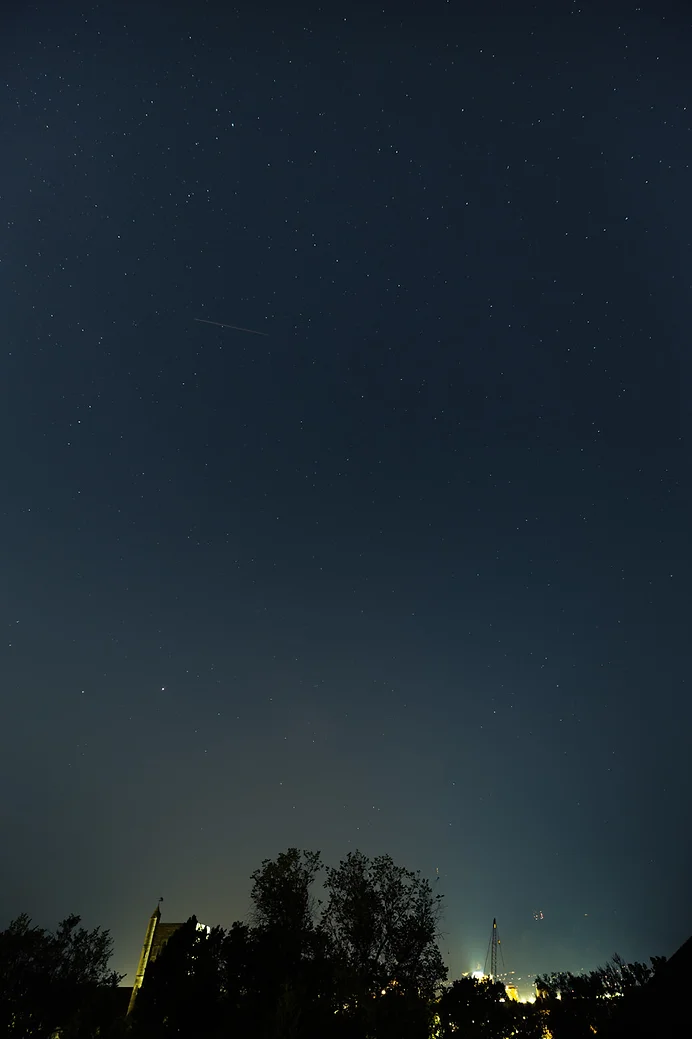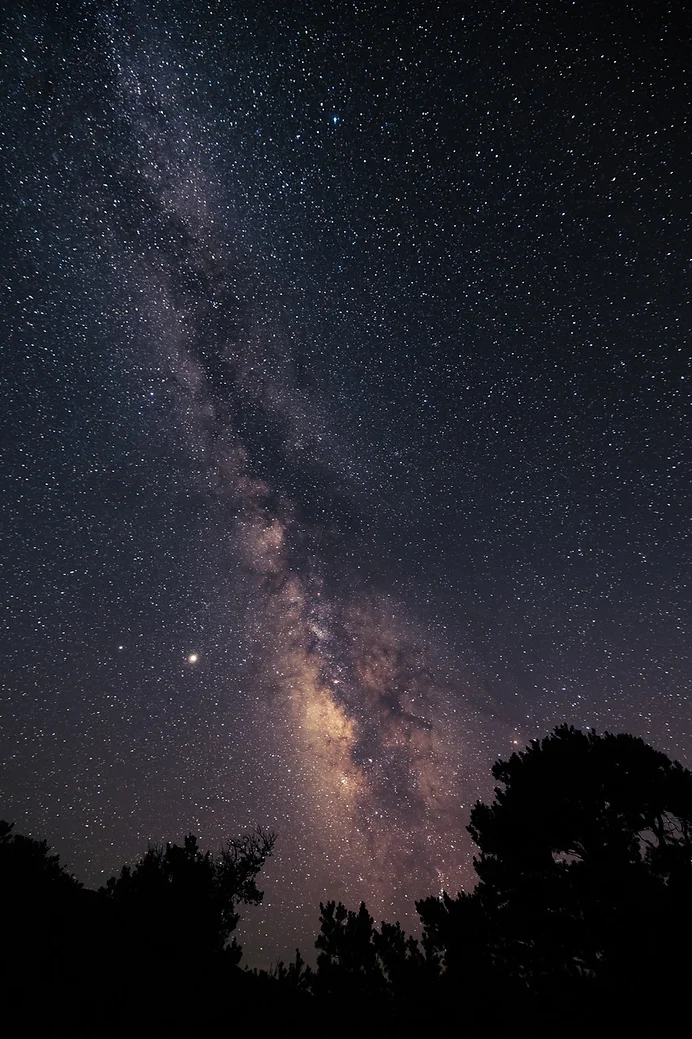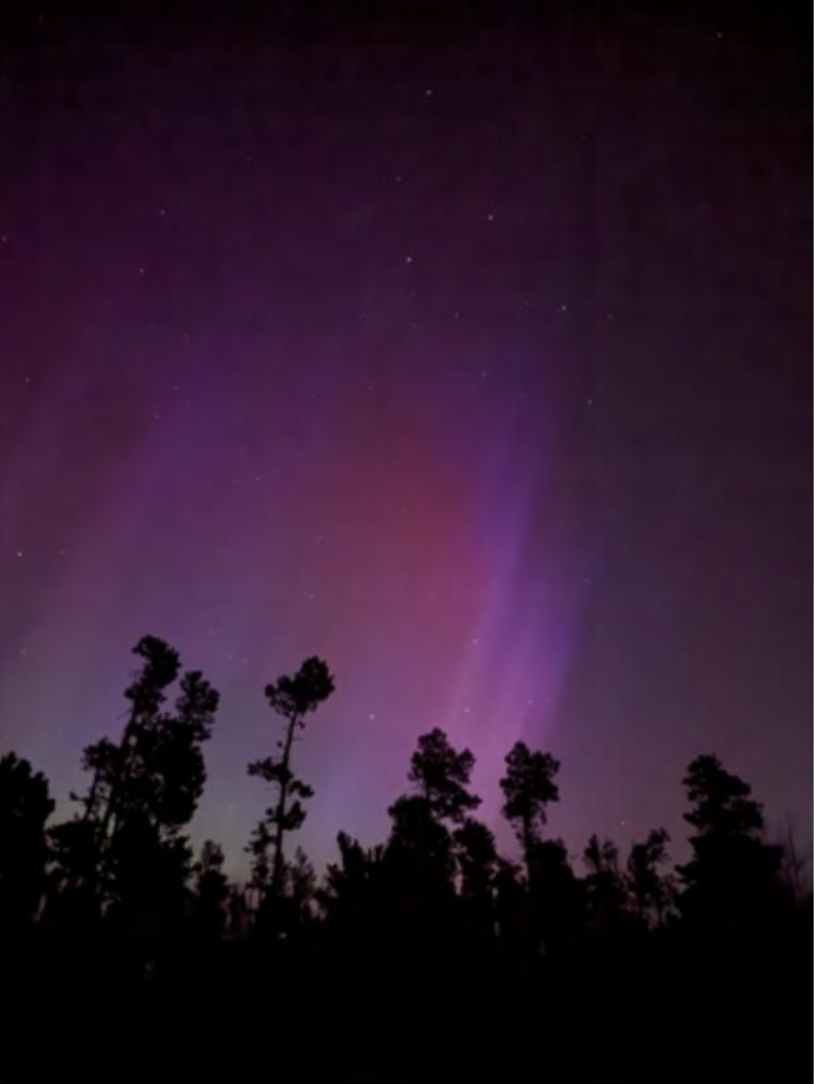Dark Skies
Dark skies play an invaluable night-time role for people all over the world. As industry expands, cities change over time, policy surrounding light pollution and climate change shifts, which affects dark skies. They often appear less dark, making the stars and other astrological bodies less visible. Many indigenous groups and other communities rely on the integrity of the dark skies for the continuation of their spiritual or agricultural practices. Dark skies are worth preserving for the future of those communities and the environments that they inhabit. Through State of the Rockies, students are conducting research to determine how action can be taken to conserve dark skies in Colorado.


Aurora Borealis in the Rockies
Alice O'Niell-Freeman '27 conducted an independent research project in the summer of 2024 on the rare Aurora Borealis that could be seen above the Rocky Mountains for a few short days. She collected images from several northern lights enthusiasts, which can all be seen in the powerpoint below.

Photo by Scotty Stauffer
Click here to view the powerpoint with Alice's collection of photos of the Aurora Borealis!
Light Pollution in Colorado



